Are You Using The Wrong Knot With Your Lure? (Common Lure Mistake!)
- By: Wyatt Parcel
- on
- Found In: Fishing Knots, Fishing Tips, Lure Rigging, WEEKLY NEWSLETTER: 8-23-20
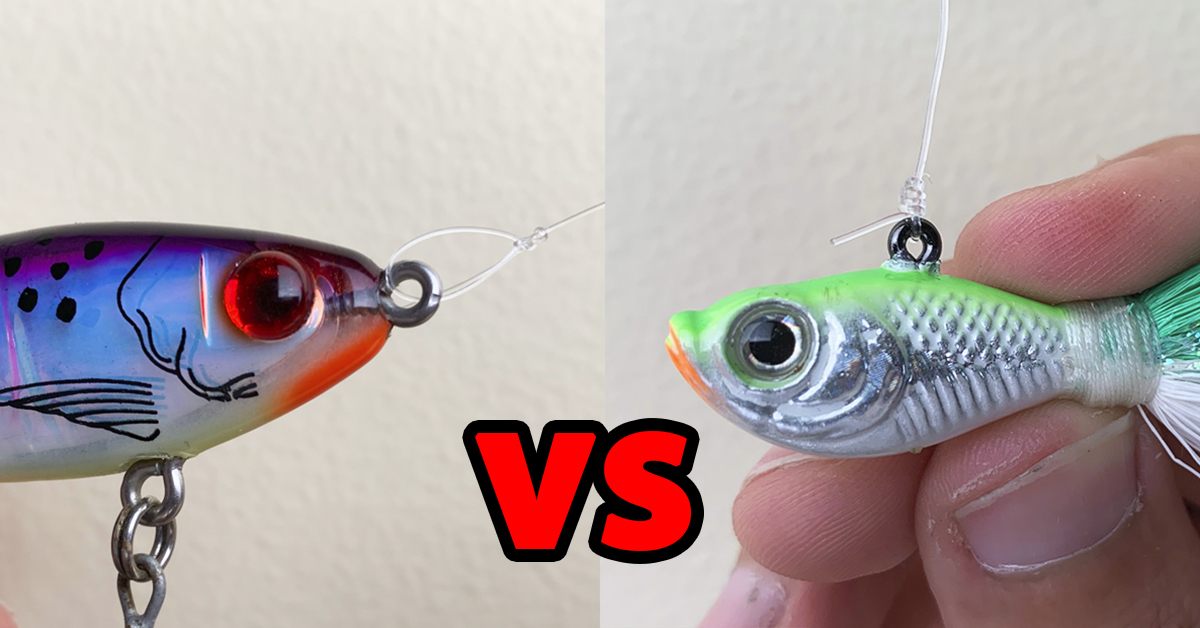
Many anglers make this simple (but crucial) mistake…
When you’re using artificial lures, it’s important to work it the correct way to convince a fish to strike.
And one of the things you can do to help yourself work it the correct way is to use the right knot with it.
There are two types of knots when you’re tying on lures:
- Snug knots
- Loop knots
Snug knots are great for lures that you do a constant retrieve with, while loop knots are great for lures that you need to put action on.
In this video, I’m going to go through some of the most popular lures and talk about how to work them and the best knot to tie with them.
Let’s dive in!
The Best Knots For Popular Types Of Lures [VIDEO]


Here are some lures that you would tie a loop knot with:
- Paddletails
- Soft plastic jerk shads
- Spook-style topwaters
- Twitchbaits
And here are some lures that you would tie a snug knot with:
- Spinnerbaits
- Chatterbaits
- Popper-style topwaters
Now here’s a caveat to the rule above: if a lure has a split ring, then you would tie a snug knot no matter what type of lure it is.
For instance, some spook-style topwater lures come with split rings on the end, so you would tie a snug knot to the split ring because the split ring is already acting like a loop by giving the lure room to move.
Also, another thing to be aware of is that snug knots are stronger than loop knots, so keep that in mind when trying to decide what line size and/or drag setting to use.
Conclusion

If you’re using a lure that requires you to put a lot of action on it, like the paddletail in the picture above, then you’ll want to go with a loop knot.
But if you’re using a lure that already has a lot of action, like a spinnerbait, then you’ll want to go with a snug knot.
Have any questions about which type of knot to tie with each type of lure?
Let me know down in the comments.
And if you know someone who needs to learn to tie the correct knot with each type of lure, please TAG or SHARE this with them!
P.S. Want access to our best fishing spots and tips, plus discounts to our online tackle store? Click here to join us in the Insider Club!
Related articles:
Related categories:
STOP WASTING TIME ON THE WATER!
Do what the “SMART ANGLERS” are doing and join the Insider Club.
Here’s what you’ll receive today when you join:
- Weekly fishing reports and TRENDS revealing exactly where you should fish every trip
- Weekly “spot dissection” videos that walk you through all the best spots in your area
- Exclusive fishing tips from the PROS you can’t find anywhere else
- Everything you need to start catching fish more consistently (regardless if you fish out of a boat, kayak, or land).
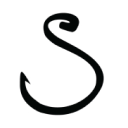



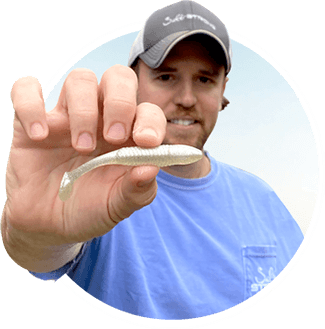
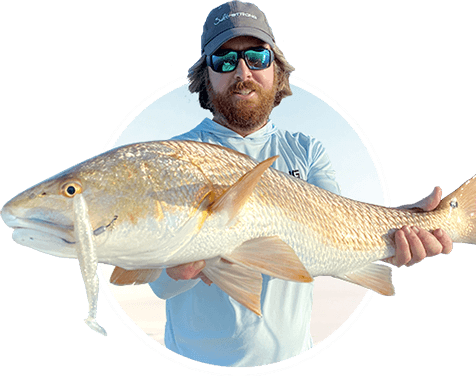
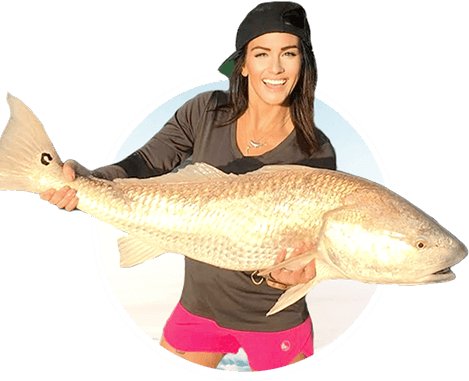
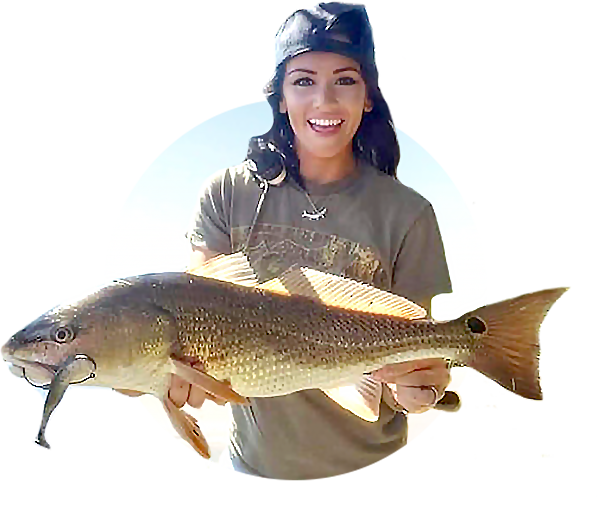


There is always exceptions to the rule. For example, we have a run right now of Albies and I had one rod with an Albie Snax with a snug knot and another with a loop knot. And believe it or not, the snug knot caught fish and the loop knot did not. Too many nots or knots in these sentences.
A great lesson Wyatt thanks
What about using snap swivels instead of the loop knot?
They can certainly work. But we recommend minimizing as many things that can potentially alert the fish to the fact that the lure is fake as possible, and the loop knot is much less visible than the snap swivel.
Absolutely phenomenal video. Had no idea what the lures are supposed to look under water. Awesome video
how do you tie a loop knot?
Wyatt, I love your videos. You’re always to the point, and you show great examples to really prove the point. (And you don’t ramble on and on, like some of the other SS staff that will go nameless here. 😁)
An additional point that I’d add:
When using hard bait with two hooks, make sure the front hook can’t swivel forward and snag the loop knot. If it can, then you’ll have two problems: 1. The hook could tear the knot. 2. The lure will not retrieve properly when the hook is stuck inside the loop.
This is especially important when you’re skipping the bait under a dock or a bush/mangrove, and the hooks are bouncing against the lure as it skips across the water. Oftentimes, you’ll have one chance to get your cast & retrieve right; if you don’t, the fish will disperse or otherwise ignore your subsequent casts.
(Also, I’m not sure if you produced this video recently, or if it was on the back burner for a while awaiting publication… but don’t forget that your Yeti mic is “side address.”)
Thanks so much for the kind words Andy! Yeah, this video was filmed before I received your advice on the mic! I’ve not made that mistake since though! Again, I greatly appreciate the advice!
how big a loop should you have in a typical loop knot?
I typically make the loop about half an inch long. You don’t want to give it too much play where it’ll get wrapped on the hook!
Excellent presentation – thank you!
Salt Strong taught me the Uni and I have been using it exclusively since but after seeing this video you will next be teaching me the loop knot. I know this – when I go out with the best (Jamie Clough) he’s always tying the loop knot on our jig heads.
I can’t wait for you to try it out! You’ll be able to immediately see a difference in action as you work those loop-knot friendly lures in the water! Thanks for watching Dick!
Been using the wrong knots on my soft plastic and jerk baits after watching video changing all to loop knot now.
Glad to hear this video helped you learn something new! Thanks for watching Mike!
I’m making an assumption here but, I would put the spoon in the same group of lures that require a lot of action. If I’m incorrect in my assumption, please say so.
Tommy
It mainly depends on the model of spoon. Aqua Dream spoons come with a split ring, and a snug knot can be used there (the split ring allows for wobble and play) but the Johnson Silver Minnow Spoons have a fixed eyelet, so a loop knot is preferred for that model. Again, the loop knot allows for play on fixed eyelets, while split rings already allow it for the lure, so stronger snug knots are preferred.